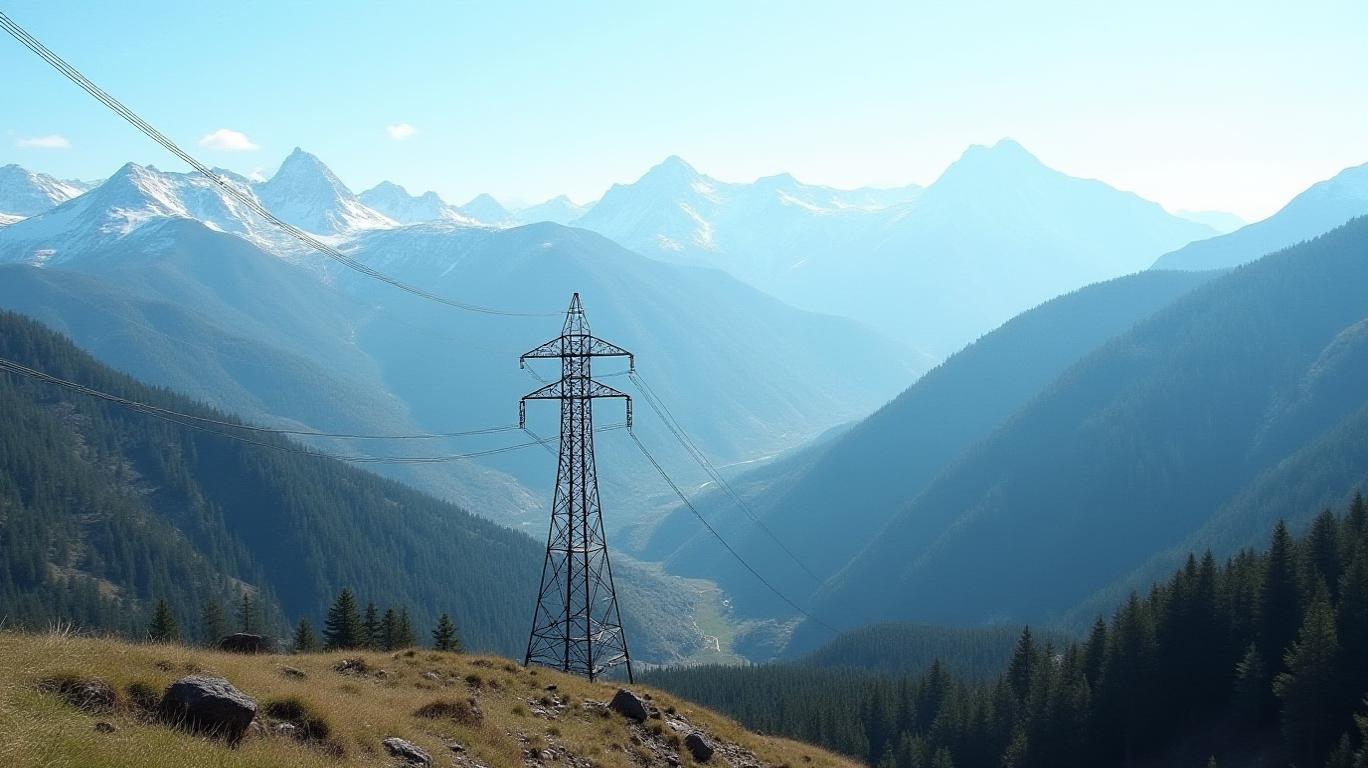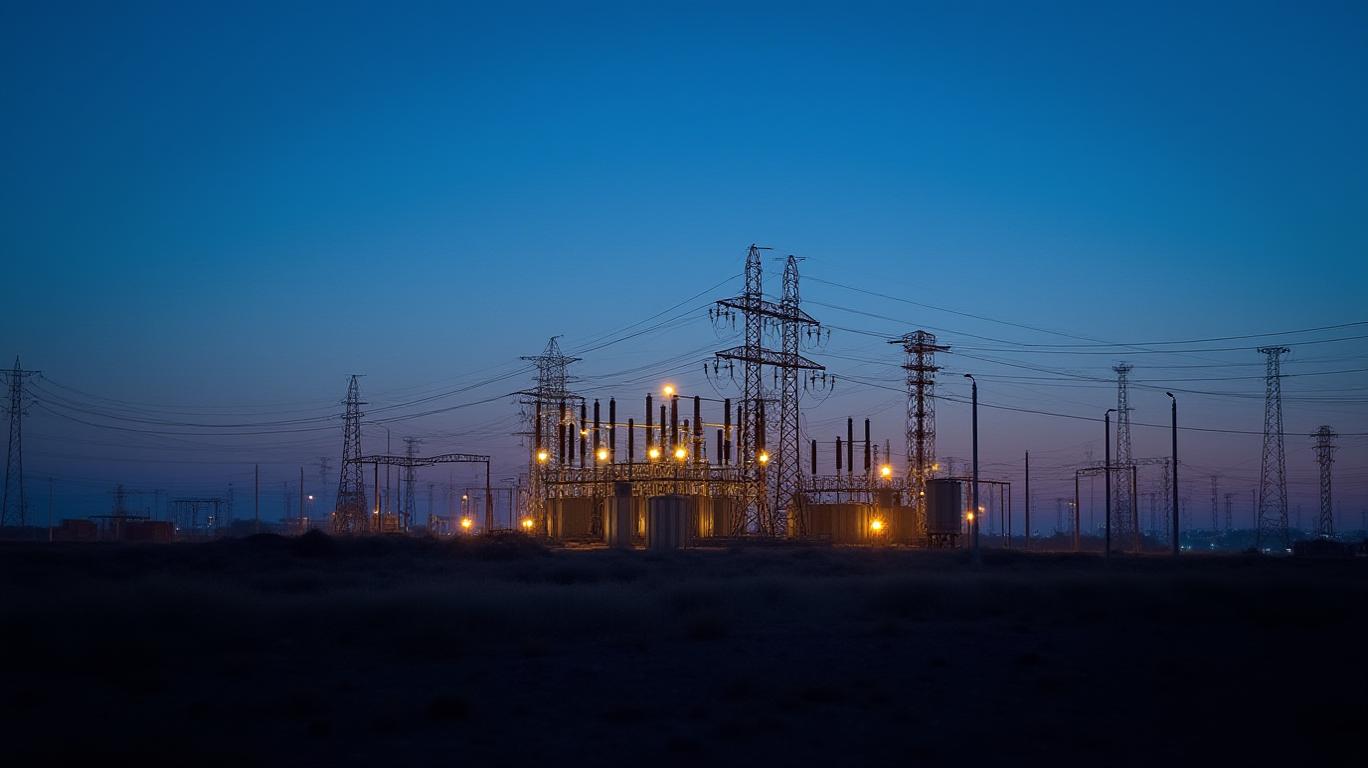Blackout in the Iberian Peninsula: A Wake-Up Call for Energy Resilience and Investment Implications
The power outage that paralyzed Spain and Portugal on April 7, 2025, was a stark reminder of the fragility of interconnected energy systems. Affecting over 50 million people and spilling into France and Belgium, the blackout revealed vulnerabilities in Europe’s grid infrastructure—and underscored the urgent need for investment in resilience. As governments and utilities scramble to understand the cause—a suspected fire on a French high-voltage line—the incident has become a catalyst for rethinking energy security, grid modernization, and the role of renewables.
The Cause: A Technical Failure with Global Implications
The outage’s origin remains under investigation, but Portuguese grid operator REN has pointed to a fire on Alaric Mountain in France that damaged a critical high-voltage power line. This line, connecting Perpignan and Narbonne, forms part of the backbone of the Iberian Peninsula’s energy supply. While cyberattack theories were dismissed by authorities, the incident exposed the cascading risks of Europe’s interconnected grids.
The outage also highlighted the risks of relying on aging infrastructure. The European grid’s reliance on a few key transmission lines creates single points of failure—a problem exacerbated by climate change and extreme weather events.

Economic Fallout: Chaos and Long-Term Costs
The immediate consequences were staggering. Airports shuttered, trains halted, and hospitals operated on backup generators. In Madrid, traffic lights failed, turning streets into chaotic free-for-alls. The tourism sector—critical to Spain’s economy—was hit hard, with events like the Madrid Open tennis tournament suspended.
The broader economic ripple effects are harder to quantify but significant. Supply chains faltered as factories and ports lost power, while businesses faced operational shutdowns. Analysts estimate the outage could cost the Iberian economy upwards of $1 billion, depending on recovery timelines.
The Investment Playbook: Where to Allocate Capital Now
The outage has transformed energy resilience from a theoretical concern into an actionable investment thesis. Here are the sectors poised to benefit:
1. Grid Modernization and Redundancy
Utilities and infrastructure firms specializing in grid hardening, smart technology, and redundancy will be in demand. Companies like Iberdrola (IBER.MC) and Red Electrica Corporación (REE.MC) are already leading grid upgrades in Spain.
2. Renewable Energy Storage
The reliance on fossil fuels and centralized grids was laid bare. Investors should favor firms developing battery storage (e.g., NextEra Energy (NEE) and Tesla (TSLA)) and decentralized microgrids.
3. Cybersecurity for Critical Infrastructure
While the outage was likely caused by a physical failure, the debate around cyberattacks underscores the need for robust defenses. Firms like Palo Alto Networks (PANW) and CrowdStrike (CRWD) are well-positioned to secure energy systems.
4. European Green Deal Funding
The European Union’s Green Deal earmarks €1.8 trillion through 2030 for climate and energy projects. Investors should track funding allocations for grid modernization and renewables in Spain and Portugal.
The Bottom Line: Resilience is the New Gold Standard
The Iberian blackout is not an isolated incident. Climate disasters, aging infrastructure, and geopolitical tensions are pushing energy security to the top of the agenda. Investors who prioritize grid resilience, storage, and cybersecurity will be best positioned to profit from the trillions earmarked for energy transformation.
The numbers tell the story: global spending on grid modernization is projected to reach $1.2 trillion by 2030, while renewable storage investments have surged 200% since 2020. The outage has turned a spotlight on these trends—making them too critical to ignore.
In the end, the blackout was more than a technical failure. It was a call to action for investors to bet on the systems that will keep the lights on—and the economy moving—in an increasingly unpredictable world.


_cbf086401749733332056.jpeg)







